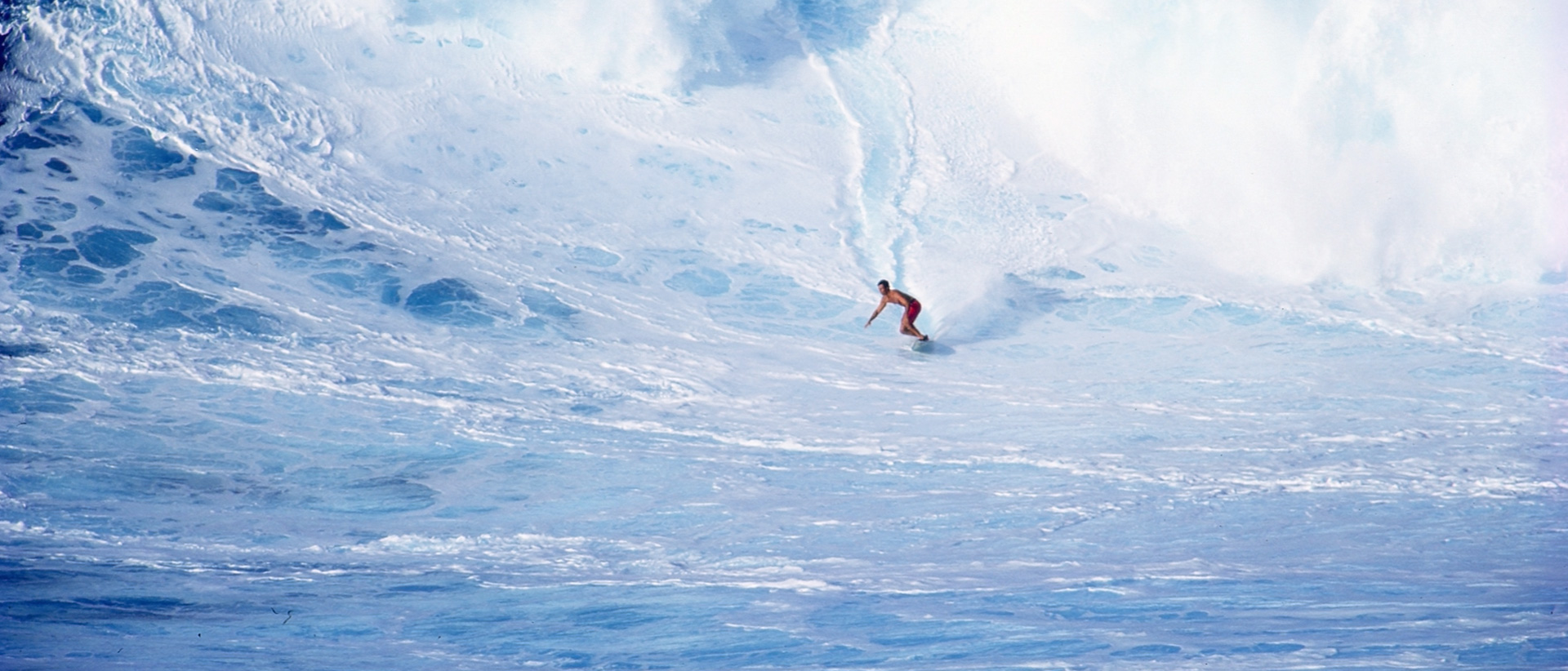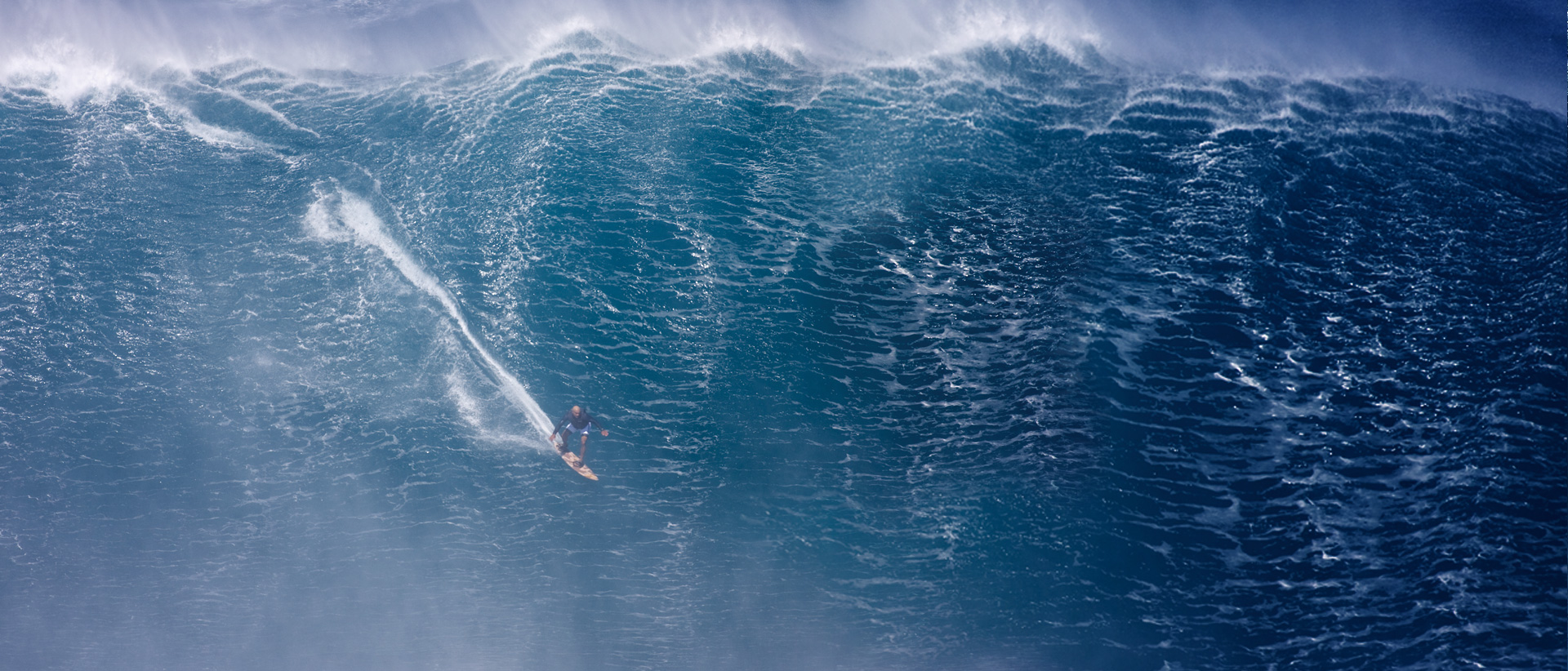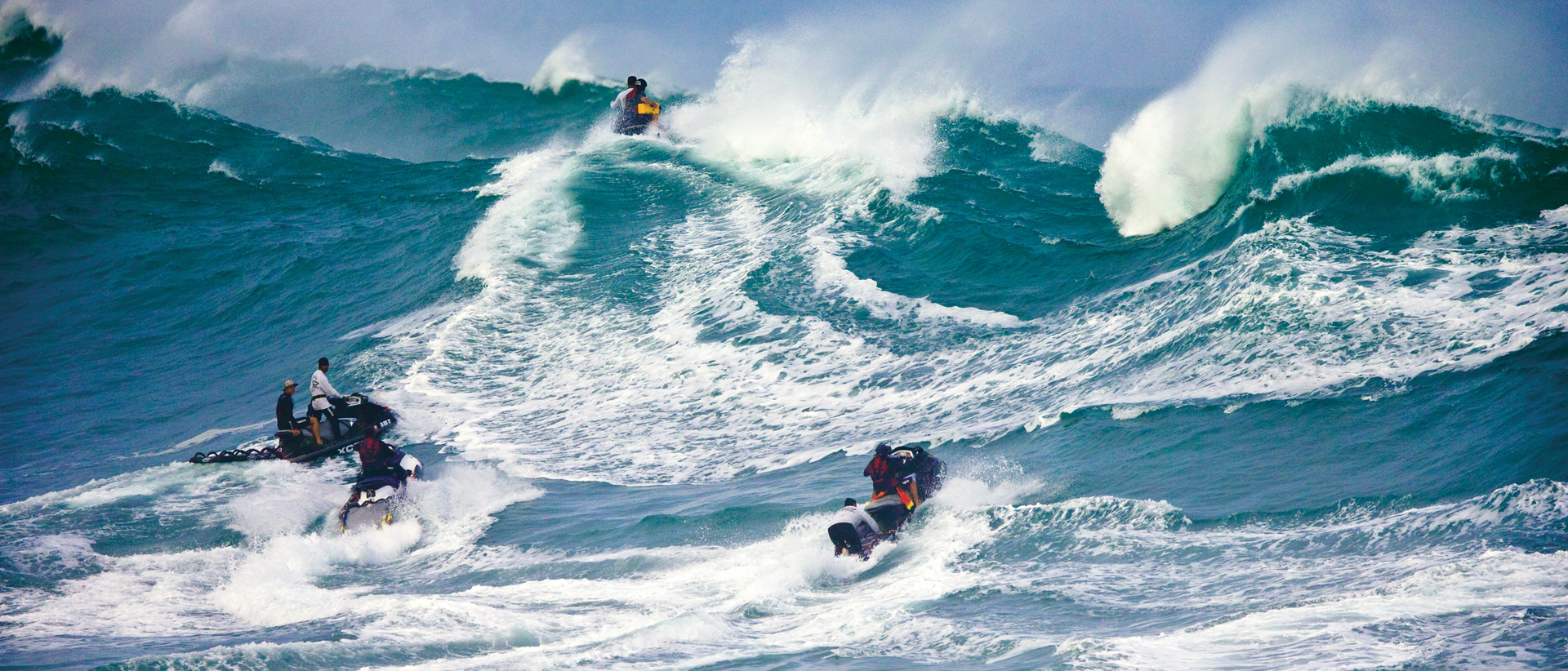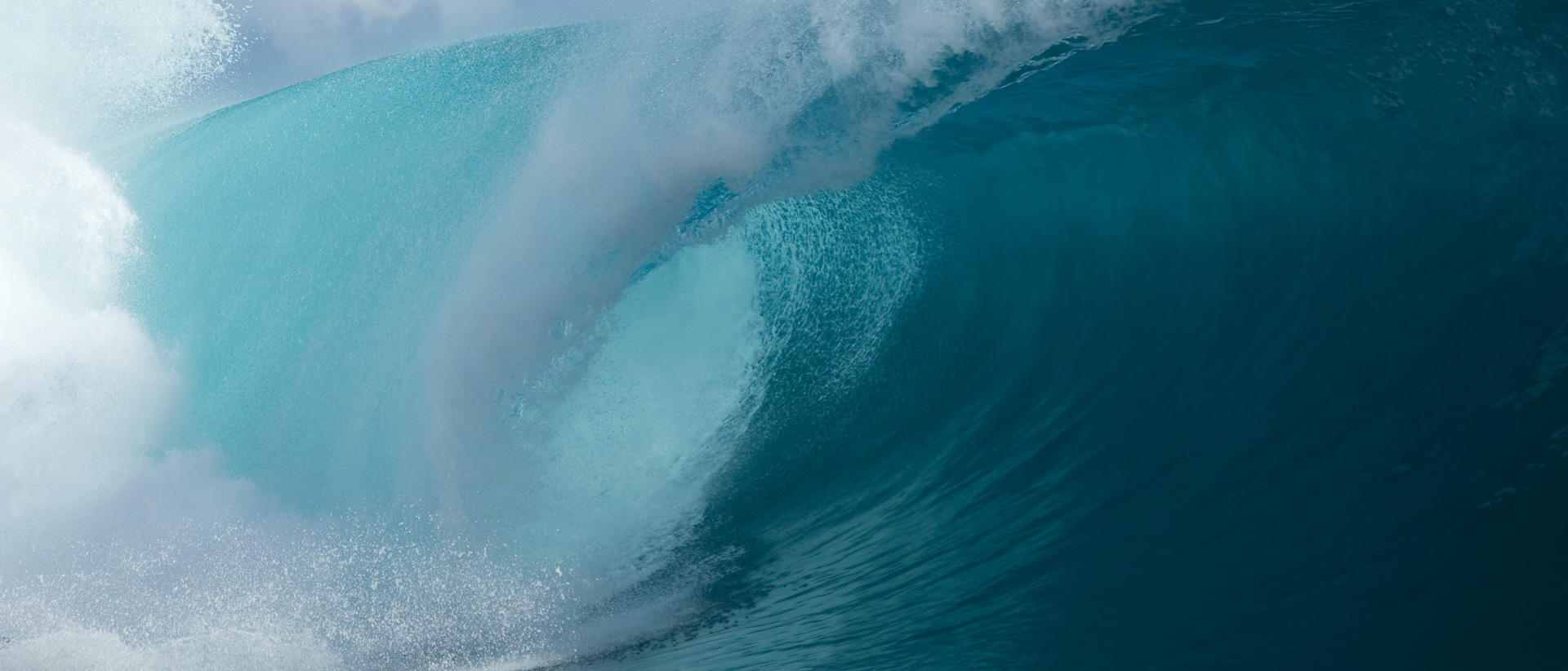The behavior of the ocean in Hawaii is unique, complex, and unpredictable. On Oahu, lifeguards perform about 1100 rescues a year. On average, 50 people drown in the ocean annually (all islands), and approximately half are visitors. Taking into account that 7.5 million people visit the state each year, the overall risk associated with swimming in the ocean is low. Of concern is the distribution and circumstances surrounding many drownings – the majority happen at unguarded locations and often result from a lack of knowledge or poor judgement. Many beaches and tide pools are deceptively dangerous. The rate of drowning in Waikiki may be relatively low, whereas at a secluded location, the rate goes up quickly. The same standard caution signs are found at nearly every beach, so the signs lose credibility.
Of greatest importance is acknowledging that the ocean is a dangerous environment and that those dangers are very difficult to judge. It’s a mistake to assume that one can fully understand and analyze ocean conditions – they change rapidly and are greatly influenced by season, location, tides, weather, etc. It takes years of local ocean experience to gain an insight.
To properly gauge safety, seek advice from local experts, read the current surf report, and keep in mind that each swimming location has a completely unique character. Lifeguards understand the ocean better than anyone and are the preferred source of information. Residents are eager to offer advice but always err on the side of caution if you feel wary of a risk. Remember, locals drown as well. A group of teenagers swimming in a tide pool is not an endorsement of its safety. Because it takes so much experience to understand the ins and outs of each swimming location, guide books and websites can’t be counted on for thorough safety advice.
For your own safety, try to always swim in front of lifeguards.
Neck, back, shoulder and ankle injuries from boogie boarding and body surfing are very common. These injuries happen most frequently when the wave, however small, breaks abruptly on the sand. Several beaches have a reputation for having a consistent beach break, but all can exhibit the behavior depending on the ocean and tides.
